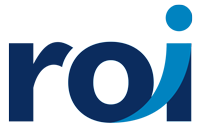These Good Payroll Practices Will Get You Through Year-end Easier
Ensure a smooth year-end payroll process by following good payroll practices throughout the year. Learn about key tasks, reconciliation, communication, and the benefits of maintaining rigorous payroll practices.
These Good Payroll Practices Will Get You Through Year-end Easier Read More »

